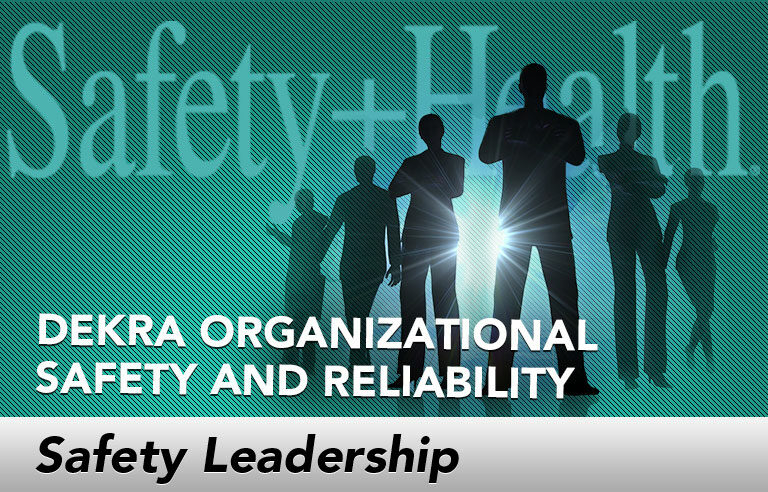Safety Leadership: Technology is changing safety: 4 areas to watch

Editor’s Note: Achieving and sustaining an injury-free workplace demands strong leadership. In this monthly column, experts from global consulting firm DEKRA Insight share their point of view on what leaders need to know to guide their organizations to safety excellence.
At an industrial conference in 2014, GE Chairman and CEO Jeff Immelt summed up the current state of business this way: “If you went to bed last night as an industrial company, you’re going to wake up today as a software and analytics company.”
While most of us are not literally going into the software business, Immelt’s point is well taken. The consensus among industry leaders and analysts today is that networked technology – from personal wearable devices and mobile phones to equipment sensors and “smart” machines – is rapidly changing the nature of our organizations and how we run them.
Sensors that monitor sensitive equipment and people are not new. What is new is our ability to connect those data sources and create completely new streams of information in real time. Often referred to as the “Internet of Things,” the ability of “things to talk to things” introduces the potential for new insight and action across a range of performance areas, including safety. This shift also introduces new risks, as leaders must determine how to responsibly and effectively use this new information.
Here are four areas to watch in the Internet of Things era:
- How we manage occupational illness – The cumulative nature of occupational illness exposures have traditionally been much harder for organizations to detect and mitigate than those for workplace injuries. The person who gets sick from a work-related illness may not even be aware that he or she has received doses of harmful exposure in the workplace. Wearable biometric sensors and tracking capabilities are changing that. Organizations will have the ability – and some would say responsibility – to monitor exposures to hearing loss, poisoning, respiratory illness, skin disorders and other illnesses in real time. Leaders will need to learn how and what data to track – and then what to do about it.
- How we recruit and develop talent – The introduction of networked technology means that those who lead safety must be comfortable straddling the line between operational technology and information technology, and advocate safety goals in the design and application of systems and processes across the organization. Leaders must be selected and developed for data management fluency. Their ability to successfully deliver safety outcomes will depend on the ability to correctly read and respond to data.
- How we do the work – The power of connected technology isn’t simply in getting information in front of people – it’s in how we connect people to that information. Trials of augmented reality technology (think applications like Google glass or driver windshield displays) are showing promise for reducing errors and, potentially, exposures. One pilot program conducted by Boeing and researchers from Iowa State University found that assembling a mock airplane part had significantly fewer errors when using a tablet that visualized each assembly step as the worker hovered over various parts than workers following instructions on a computer screen.
- How we think about safety – In an analog world, safety was neatly divided into easily contained categories: personal safety and process safety, employees and consumers, work and home. The emergence of connected technologies has started to blur those lines and opens up the possibility of a seamless (or at least more fluid) approach to safety thinking and strategy. The challenge for leaders will be defining what safety could and should be and the way to get there.
The good news for leaders is that leveraging technology, regardless of the type, still comes down to fundamentals. Leaders who “get” what safety is about are best able to use that value to navigate the complexities and possibilities of our increasingly networked world.
 Colin Duncan is CEO of DEKRA Insight, a global consulting, advisory and testing firm. As CEO, Colin drives the strategy necessary to advance safety for organizations around the world. Follow him at @ColinDuncanDKRA.
Colin Duncan is CEO of DEKRA Insight, a global consulting, advisory and testing firm. As CEO, Colin drives the strategy necessary to advance safety for organizations around the world. Follow him at @ColinDuncanDKRA.
Post a comment to this article
Safety+Health welcomes comments that promote respectful dialogue. Please stay on topic. Comments that contain personal attacks, profanity or abusive language – or those aggressively promoting products or services – will be removed. We reserve the right to determine which comments violate our comment policy. (Anonymous comments are welcome; merely skip the “name” field in the comment box. An email address is required but will not be included with your comment.)

